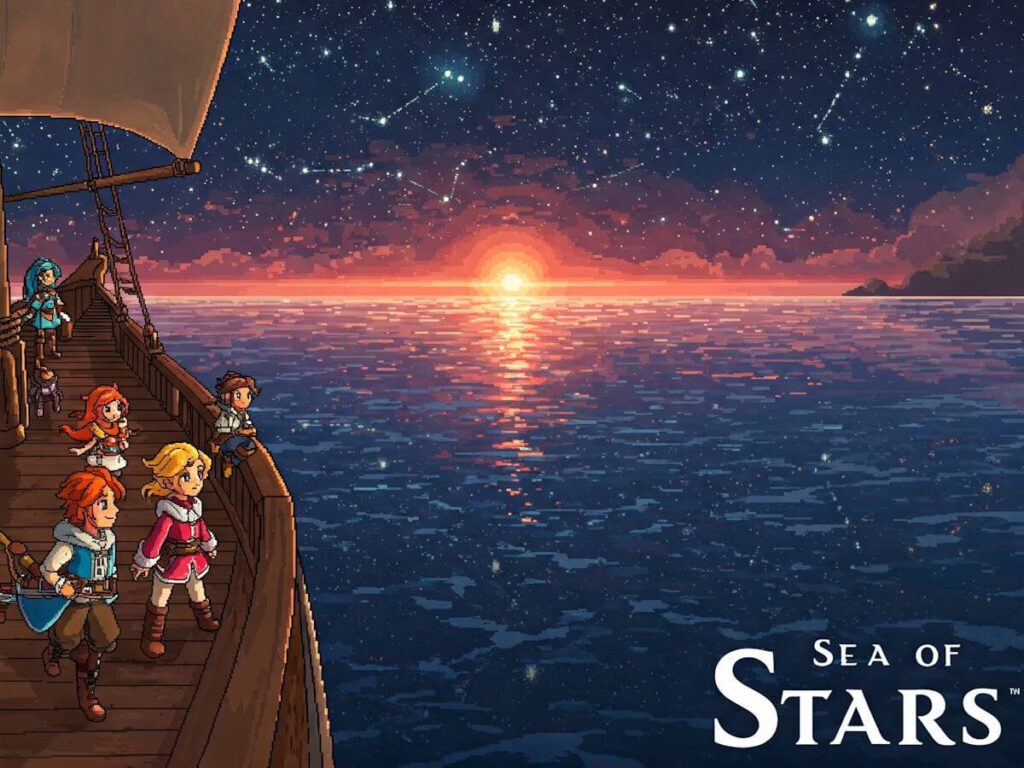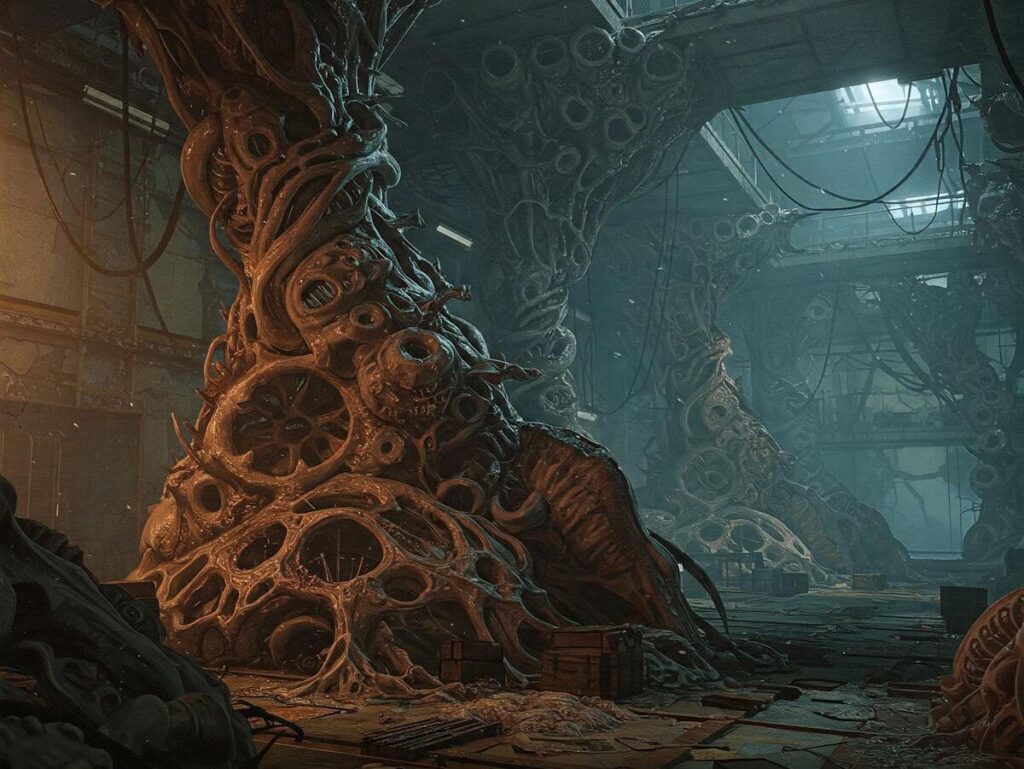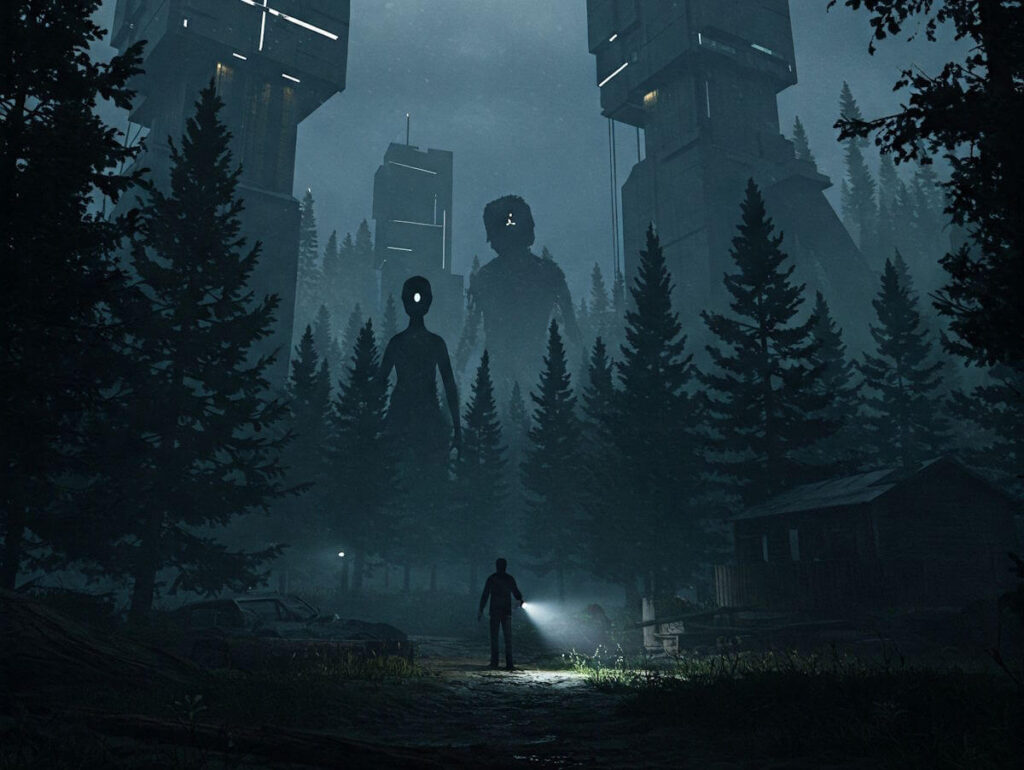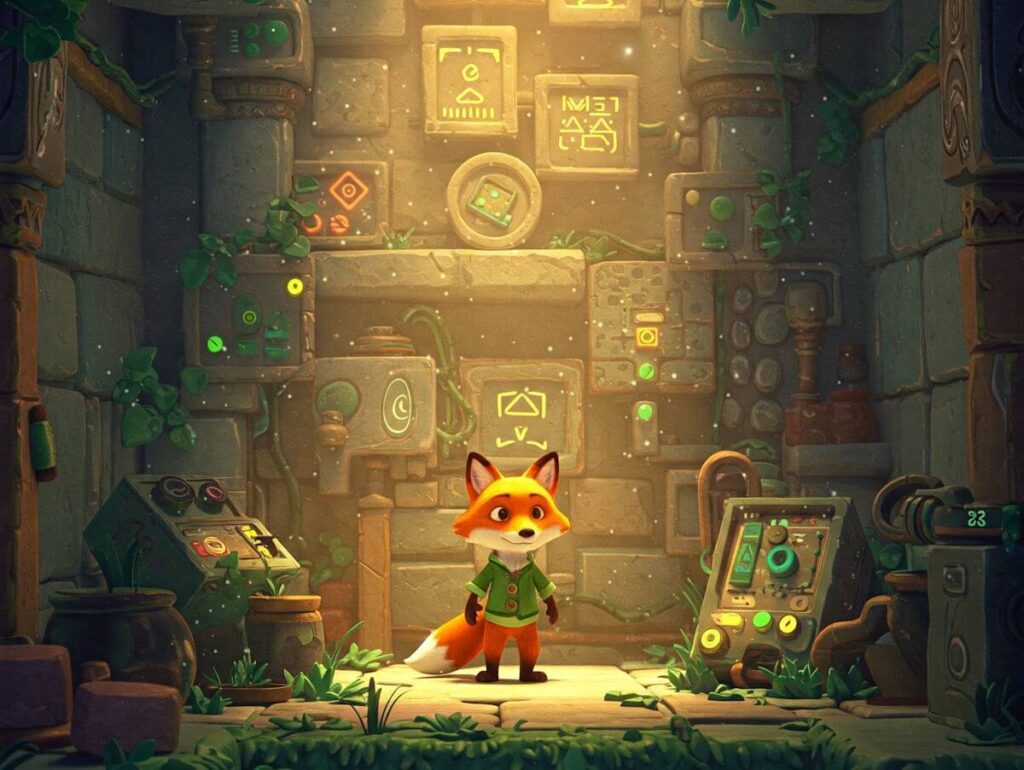Sea of Stars is an innovative role-playing game (RPG) developed by Sabotage Studio, renowned for their previous title, The Messenger. Drawing inspiration from classic Japanese RPGs, the game aims to evoke nostalgia among veterans of the genre while introducing fresh gameplay elements to captivate a new audience. Set within the same universe as The Messenger, Sea of Stars utilizes a turn-based combat system, reminiscent of iconic titles such as Chrono Trigger and Final Fantasy. This blending of retro mechanics with modern design sets Sea of Stars apart in the competitive gaming landscape.
The development journey of Sea of Stars has been marked by an unwavering commitment to quality and an appreciation for storytelling. Since its announcement, the game has garnered attention for its pixel art style and vibrant color palette, which evoke the charm and aesthetic of classic JRPGs while remaining visually distinct. Additionally, the incorporation of a compelling narrative revolves around two Children of the Solstice who harness the powers of the moon and sun to combat evil creatures known as the “Fleshmancer” and his minions, adding depth to the gameplay experience.
What truly sets Sea of Stars apart is its integration of time-manipulation mechanics, allowing players to affect the flow of time within battles and the overarching world itself. This feature is a significant evolution of traditional RPG gameplay, providing tactical advantages that require strategic consideration. Furthermore, the game emphasizes exploration through environmental puzzles and interactive elements, ensuring that players remain engaged while traversing its beautifully crafted world.
In summary, Sea of Stars is more than a mere homage to bygone RPG classics—it represents a thoughtful evolution of the genre that combines nostalgia with innovation, making it a highly anticipated title for fans and newcomers alike.
Understanding JRPG Mechanics
Japanese Role-Playing Games (JRPGs) trace their roots back to the early days of video gaming, with classic titles like “Dragon Quest” and “Final Fantasy” steering the direction of the genre. At the heart of these games lie fundamental mechanics that emphasize turn-based combat, character progression, and a narrative-centric approach to gameplay. These mechanics have significantly influenced modern iterations, including recent releases such as “Sea of Stars.”
Turn-based combat is one of the hallmark features of classic JRPGs. This mechanic allows players to take turns strategizing attacks, defenses, and skill usage. Typically, combat is facilitated through a user interface that displays available actions and metrics, enhancing the tactical experience. While action-oriented gameplay has gained traction in the gaming market, turn-based combat remains revered for its depth and necessity for strategic thinking. Titles like “Sea of Stars” embrace this tradition, presenting players with a chance to engage in thoughtful decision-making moments during battles.
Character progression is another cornerstone of the JRPG experience. Players often guide a group of characters as they level up and evolve through a well-defined skill and attribute system. This progression rewards players for investment and enhances emotional attachment to the characters. Over time, RPGs have introduced more complex systems, such as customizable skill trees and branching narratives to accommodate a diverse range of playstyles. “Sea of Stars” exemplifies this evolution, incorporating aspects such as unique character abilities and the ability for players to engage in diverse combat styles.
Additionally, story-driven gameplay serves as a vital aspect of traditional JRPG mechanics. The emphasis on narrative—not only in terms of plot but also in character arcs—delivers a deeply immersive experience that often resonates with players on an emotional level. Classic JRPGs weave compelling stories that summon players into fantastical worlds, a hallmark that “Sea of Stars” effectively continues. By balancing engaging storytelling with established game mechanics, modern games have the opportunity to both honor the legacy of JRPGs and innovate within the genre.
Turn-Based Combat: A Nostalgic Foundation
The turn-based combat system in Sea of Stars serves as a tribute to the classic mechanics that have defined the genre of JRPGs for decades. This combat style, characterized by its strategic nature, allows players to take their time to assess the battlefield and plan their moves meticulously. One of the defining features of this system is the emphasis on timing. Players must hone their reflexes to execute attacks and defenses at the opportune moment, creating a satisfying interplay between anticipation and reaction.
In Sea of Stars, timing is not just for show; it directly influences the outcome of battles. Successful execution of timed inputs can significantly enhance damage output or trigger special effects, adding a layer of strategy that encourages players to engage actively during combat. This feature not only reinforces the nostalgic elements of classic JRPGs but also introduces a fresh dynamic that keeps the gameplay engaging. Players must strategize around their party’s strengths and weaknesses, choosing when to strike, defend, or use special abilities, thus deepening their involvement in the action.
Character abilities further enrich the combat experience, allowing various tactics to unfold. Each character in Sea of Stars comes equipped with unique skills that can turn the tide of battle. Some abilities may focus on dealing high damage, while others could offer support through healing or buffing allies. This diversity cultivates a rich combat environment where players are encouraged to experiment with different team compositions and strategies. By balancing homage to traditional turn-based systems with innovative gameplay features, Sea of Stars not only pays respect to its predecessors but also sets a new standard for future JRPGs.
Engaging Storytelling and Character Development
Sea of Stars, a title that pays homage to classic JRPGs, successfully captivates players through its rich narrative structure and character development. The game intricately weaves a story that resonates deeply with its audience while remaining firmly rooted in the beloved conventions of the genre. One of the standout features is the thoughtful character arcs that allow players to forge connections with each protagonist. From the game’s outset, players are introduced to diverse personalities that each embody unique struggles and aspirations. This diversity not only enriches the gaming experience but also serves to reflect the challenges and growth that individuals often encounter in real life.
The emotional depth of the story in Sea of Stars is palpable. The developers employ a variety of storytelling techniques that emphasize relatable themes such as friendship, sacrifice, and the journey of self-discovery. Character-driven narratives are paramount in this title, as players will witness both internal and external conflicts that shape the outlook of the main characters. Through engaging dialogue, often laced with humor and poignant moments, the characters become vessels for conveying universal human experiences, allowing players to engage with their journeys in a meaningful way.
Moreover, the world-building in Sea of Stars is nothing short of exemplary. The environments are meticulously crafted, each contributing to the overarching narrative. The vibrant visuals and interactive worlds echo the charm of classic JRPG settings while integrating modern mechanics that enhance immersion. By incorporating contemporary storytelling devices, the game not only honors its predecessors but also invites a new generation of players to experience the genre’s depth. Ultimately, Sea of Stars stands as a testament to how innovative storytelling and character development can breathe new life into classic JRPG mechanics, creating a memorable experience for all players.
Exploring the Game World: A Modern Take on Exploration
Sea of Stars invites players into an intricately designed world that harmoniously blends nostalgia with modern game mechanics. Drawing inspiration from classic JRPGs, the game revitalizes the exploration of its environments through expansive maps filled with hidden treasures and secrets. Players are encouraged to venture off the beaten path, transforming the exploration into a rewarding experience, reflective of the genre’s best traditions.
The game world is structured with various biomes, each exhibiting distinct visual aesthetics and thematic elements. From lush forests to expansive deserts, every area is packed with interactive features that not only enhance the visual experience but also enrich the narrative. This attention to detail ensures each locale feels alive, with characters and lore contributing to a deeply immersive atmosphere. Environmental storytelling is prevalent, as players uncover hints and clues that provide context and enhance their understanding of the overall plot.
Side quests play a significant role in Sea of Stars, reminiscent of classic JRPGs where optional content often leads to character development and world-building. Engaging in side quests not only enriches gameplay but also allows players to experience unique narratives and character arcs that deepen their connection to the game. These quests typically reward players with powerful items or skills, motivating exploration and experimentation.
Moreover, the game cleverly integrates puzzles that require players to interact with various elements of the environment, fostering a sense of achievement while simultaneously challenging problem-solving skills. This combination of exploration, rich storytelling, and interactive gameplay creates a compelling experience that appeals to both new players and seasoned fans of the genre. The balance between guided objectives and open-ended exploration ensures that players remain engaged in Sea of Stars’ vibrant world, making every adventure feel purposeful and rewarding.
Puzzles and Challenges: A Nod to Classic Gameplay
In the landscape of modern role-playing games, Sea of Stars stands out for its commendable adherence to traditional JRPG mechanics, particularly through the inclusion of diverse puzzles and challenges. These elements are meticulously woven into the gameplay, offering players a multifaceted experience that appeals to both nostalgic gamers and newcomers alike. The design of these puzzles often pays homage to classic puzzle mechanics reminiscent of earlier JRPGs, ensuring a sense of familiarity while providing fresh complexities.
The puzzles in Sea of Stars vary in complexity, from straightforward tasks that serve as introductory challenges to more intricate problems that demand critical thinking and strategy. For instance, players may encounter environmental puzzles that require manipulation of objects in the game world, mirroring mechanics seen in timeless titles of the genre. These environmental elements are cleverly designed to not only challenge players’ reasoning abilities but also to create opportunities for exploration, leading to the discovery of hidden areas and rewards.
Additionally, the puzzles often integrate seamlessly with the game’s combat encounters. For example, certain challenges might require players to defeat specific enemies or utilize character abilities creatively to progress. This integration emphasizes strategic thinking, reflecting the deeper layers of engagement that classic JRPGs once provided. By blending these puzzle mechanics with an overarching narrative, Sea of Stars encourages players to think critically about their actions, enhancing the overall gameplay experience.
Moreover, the game thoughtfully balances puzzle difficulty, ensuring that players feel rewarded for their efforts rather than overwhelmed. Each solved puzzle brings with it a sense of accomplishment, a hallmark characteristic of classic gameplay that many players cherish. In doing so, the game effectively preserves the essence of traditional JRPG mechanics while presenting them in a modern context, ensuring that both puzzles and challenges remain a central aspect of the player’s journey.
Art Style and Soundtrack: Enhancing the Experience
The immersive world of Sea of Stars is significantly shaped by its unique art style and evocative soundtrack. This game pays homage to classic JRPG aesthetics while infusing contemporary flair, resulting in a visually stunning experience that naturally draws players into its expansive universe. The pixel art style echoes the graphics of earlier gaming eras, employing vibrant colors and intricately detailed environments that inspire a sense of nostalgia among seasoned players. This nostalgic feel is not merely for show; it enhances player immersion by recreating the beloved visual elements that defined their childhood gaming experiences.
Moreover, the character designs are meticulously crafted, each showcasing distinct traits that resonate with the themes of adventure and camaraderie. This deliberate attention to visual storytelling allows players to form an emotional connection with the characters, deepening their investment in the narrative. The animation fluidity further contributes to the gameplay experience, making every action on screen feel dynamic and engaging.
Accompanying the artwork is a meticulously composed soundtrack that elevates the overall atmosphere of Sea of Stars. The music captures the essence of exploration and the intensity of battle, with each track designed to enhance pivotal moments throughout the game. Composed with a blend of nostalgic motifs and contemporary production techniques, the soundtrack reinforces the emotional weight of the journey, creating an unforgettable audio backdrop that complements the stunning visuals.
The interplay between the art style and soundtrack creates a cohesive experience that resonates deeply with players, enriching the gameplay with layers of emotional and aesthetic nuance. By honoring the time-tested conventions of classic JRPGs while pushing artistic boundaries, Sea of Stars successfully enhances its nostalgic appeal, fostering a rich connection with both new and returning audiences. As players navigate this beautifully crafted world, the synergy of visuals and music becomes an integral part of their adventure, inviting them to immerse themselves fully in this remarkable journey.
Reception and The Legacy of JRPGs
Upon its release, Sea of Stars garnered significant acclaim from both critics and players alike, marking a notable entry within the landscape of modern JRPGs. Reviewers praised its homage to classic titles while simultaneously innovating mechanics that resonate with contemporary gaming audiences. This blend of nostalgia and fresh concepts has contributed to its position as a reference point in discussions about the evolution of the JRPG genre.
The game’s turn-based combat system, reminiscent of iconic classics, has been particularly well-received. Critics highlighted how this engaging battle mechanism invites both strategy and reflex, setting it apart from other recent releases which have opted for more action-oriented approaches. Notably, Sea of Stars integrates seamless transitions between exploration and combat, enhancing immersion and ensuring the gameplay remains fluid. Players have expressed satisfaction with these features, demonstrating a preference for the strategic elements typically found in older titles while appreciating the polish and accessibility offered in modern designs.
Player feedback has been overwhelmingly positive, with many lauding the game’s art style, storytelling, and character development. The pixel-art graphics evoke a sense of nostalgia, while the narrative intricacies and character arcs showcase a deep investment in world-building. Comparisons to other notable JRPGs, such as Chrono Trigger and Final Fantasy VI, signal how Sea of Stars not only respects its predecessors but aims to extend their legacy into a new era.
As discussions about the future of the JRPG genre continue, Sea of Stars stands out as both a tribute and a transformative experience. Its reception illustrates a desire among players for games that honor tradition while embracing innovation. This game, therefore, plays a critical role in shaping the ongoing narrative of JRPGs, providing a template for future developers aiming to strike a balance between legacy and progression.
Conclusion: The Future of JRPGs and Sea of Stars’ Role
The landscape of traditional role-playing games, particularly Japanese RPGs (JRPGs), has undergone significant transformations in recent years. As players have grown increasingly sophisticated in their gaming tastes, developers have sought to preserve the timeless mechanics that defined the genre while innovating to keep the experience fresh and engaging. In this context, Sea of Stars serves as a poignant example of how the classic JRPG formula can be expertly refined to appeal to both nostalgic players and newcomers alike.
Through its seamless integration of turn-based combat, skill customization, and rich narrative, Sea of Stars showcases a meticulous balancing act between honoring the genre’s roots and introducing progressive elements. The game draws inspiration from iconic titles, expertly weaving in mechanics that resonate with fans of retro JRPGs, all while providing a modern gameplay experience that prioritizes accessibility and engagement. This duality not only highlights the game’s prowess but also suggests a promising trajectory for the genre as a whole.
Looking to the future, it is likely that the success of Sea of Stars will inspire other developers to explore new interpretations of classic JRPG mechanics. As the market for indie titles continues to expand, more creators may seek to harness the nostalgic elements that have charmed players for decades, while also employing contemporary design philosophies to enhance user experience. This synthesis of past and present could herald a renaissance for the JRPG genre, paving the way for innovative storytelling and gameplay mechanics in upcoming titles.
Ultimately, Sea of Stars stands as a testament to the resilience and adaptability of JRPGs. It embodies the potential for growth within the genre while emphasizing that a return to foundational gameplay principles can yield exceptional results. By learning from such examples, future developers have the opportunity to further enrich the landscape of JRPGs, ensuring their relevance and appeal for successive generations of gamers.





